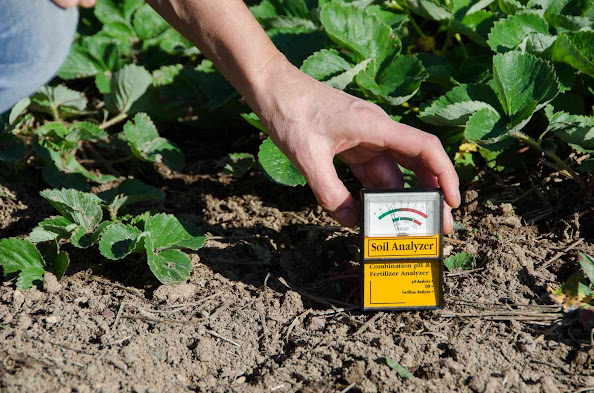Introduction to Integrated Nutrient Management

Introduction: Integrated Nutrient Management (INM) is a holistic approach that combines the use of chemical fertilizers with organic resources to optimize crop production. It promotes environmentally friendly and economically viable practices while maintaining soil fertility. By integrating chemical fertilizers, organic manures, crop residues, nitrogen-fixing crops, and bio-fertilizers, INM ensures sustainable agricultural productivity and cost savings for farmers. The focus is on the entire cropping system and farming practices, aiming to achieve improved profitability through efficient fertilizer utilization. Understanding Integrated Nutrient Management (INM): Integrated Nutrient Management involves the judicious and balanced use of organic and inorganic fertilizers, along with other soil amendments, to maintain and improve soil health. The goal is to optimize nutrient availability, promote soil microbial activity, and ensure the long-term sustainability of agricultural s...



